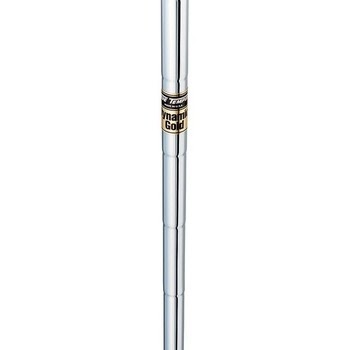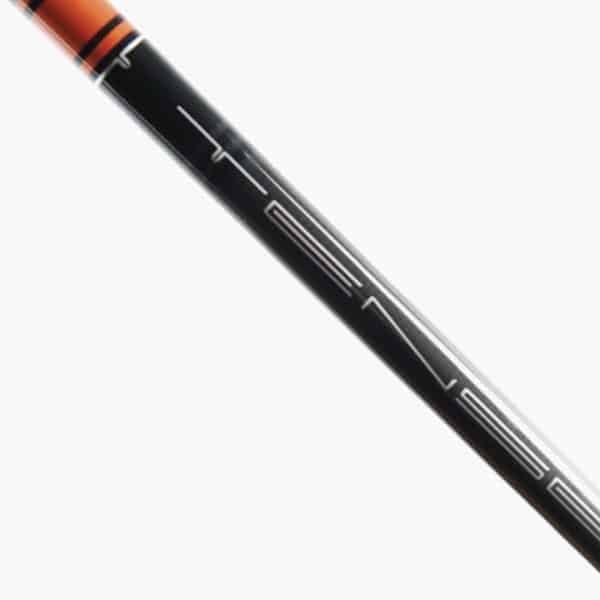The golf shaft is an often overlooked component of any proper fitting golf bag. It’s easy to understand why. A golf head strikes the ball. The golf grip is held in your hands. Whereas, the golf shaft “just” connects between those. Nonetheless, a golf shaft is arguably the most important aspect of any golf club.
Golf shafts serve the important function of transferring all of the energy of a swing into the golf ball.
Over hundreds of years, these shafts have evolved from hickory shafts to state-of-the-art composite shafts.
Each has material, flex, weight, torque, trajectory, length, and more factors that go into the performance and engineering behind it.
Material
Golf shafts have been made out of a wide variety of materials over time. These materials range from hickory, fiberglass, steel, aluminum, graphite, carbon fiber, titanium, and even boron now.
The material used is heavily dependent on a multitude of factors. Every material has certain characteristics that make it ideal for a specific golf shaft.
Steel shafts are characterized as heavy and rigid. The large weight leads to what some describe as a more balanced feel.
However, the heavy weight of a steel shaft compared to composite materials, means that swing speed is predominantly slower as the heavier weight makes it more difficult to accelerate the club.
The rigidness of steel allows it to transfer most of the vibrations of a swing into the hands of a golfer. These characteristics make steel shafts popular for irons, but not advised for woods.
Titanium shafts are lighter than steel and were popular for woods for a time. However, these shafts were almost all replaced with composite shafts.
Graphite and carbon fiber shafts are exceptionally lightweight. They result in increased swing speeds compared to more conventional metals.
Composite shafts are also often regarded as having good vibration dampening characteristics. Therefore, these shafts can be found in every golf club.
Flex
Golf shafts have various flexes. These flexes determine the amount of bend in a golf club. This is important because depending on the swing speed of the club, you will want differing levels of bending.
A low swing speed would want a flexible shaft, so that as the clubface comes into contact with the ball, the ball will achieve a good launch angle.
Obviously, a higher swing speed would need a stiffer shaft to lower that launch angle and transfer more energy into the ball. In these ways, shaft flex works in tandem with loft.
Choosing the correct flex can be difficult. Swing speed can help narrow down the decisions.
However, there are Extra stiff, Stiff, Firm, Regular, Senior, Amateur, Ladies, and other flexes as well.
Furthermore, the exact flexibility of any categorized flex differs from company to company. It is usually advised to demo or try out various golf shafts in order to most accurately determine what is best for you.
Length
The length of a golf shaft is important as well. It is also more complicated than simply the height of a golfer.
Mathematically, the longer the shaft is, the faster the head can move. However, faster head speed does not matter if you cannot make consistent contact with the ball.
Miscellaneous
There are many other factors and specifications to consider when purchasing a golf shaft. We ultimately suggest if you are in the market, to try out as many different options as possible.
There will most likely be a shaft option that fits best for you, but it will require some research, testing, and knowledge to find!




1 Comment